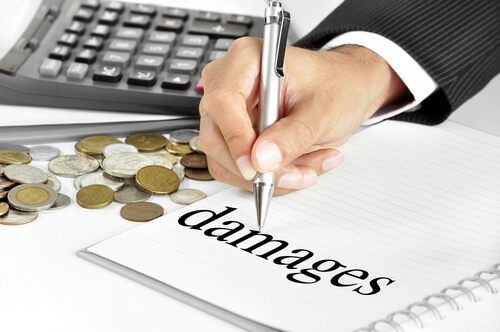Protecting yourself and your family can sometimes extend beyond the borders of Ohio. Often when we are planning a trip, we think about the fun activities, destinations, and routes ahead. Just as often, however, we forget to think about and plan for accidents that may result in injury to ourselves or our traveling companions.
Different States Have Different Laws
When it comes to pursuing an insurance claim or personal injury lawsuit, each state has different rules and laws that impact your case. In most cases, the laws of the state where your accident occurred will determine what options are available to you and how your claim moves through the court system. Different states also have different statutes of limitations, which are deadlines for when you must file your case. As such, you need to be mindful and get the legal process started quickly – this can help ensure you have time to deal with unfamiliar laws.
Getting Started
If you’ve been in an out-of-state accident and want to pursue legal action, contacting an attorney in your home state is a good first step. Your local lawyer may be able to provide you with information regarding your claim and let you know if they can take you on as a client for that claim. If your local attorney cannot handle the case, they may be able to give you information on who to contact or even a direct referral to an attorney in the state where your accident happened. Getting an attorney referral is a good way to make sure the local lawyer you choose is well educated in the laws of the state and the local court system.
Our team at Plymale & Dingus can help you take this first step – simply call us at (614) 418-6460 or contact us online to get started.
Medical Treatment
If you or someone in your travel party has been injured, do not wait until you get home to seek your initial medical treatment. Initial treatment at an urgent care or emergency room allows a medical professional to evaluate your injuries and determine if it is safe for you to return home via your method of travel. Further treatment, such as visiting your primary care physician, specialists, chiropractor, or physical therapist, can be done once you return home, but make sure to start any follow-up treatment as soon as possible after you get home.
Injury during vacation or travel does not mean you have to end your trip immediately, but you should keep track of any alterations in your plans or activities, and you should collect any evidence showing these changes so your attorney can relate to the insurance company how the incident has impacted both your trip and overall quality of life.
Please remember, being away from home means it is more important than ever to collect the evidence you may need at the scene of the incident. If you would like more information on how to appropriately gather evidence for a motor vehicle collision claim, then please read our previous blog, “Collecting Evidence to Protect Your Interests.”
Being involved in an accident can be scary and upsetting, especially if the incident happens while you are out of state, but you should handle yourself and your next steps the same way you would at home. Make sure to get medical attention immediately, gather insurance information, take photos if it is safe to do so, and gather any additional evidence that you are able to while still at the scene of the accident. The more evidence you have, the easier it will be for your attorney to help make sure you get the compensation you deserve. Stay safe Ohio!




